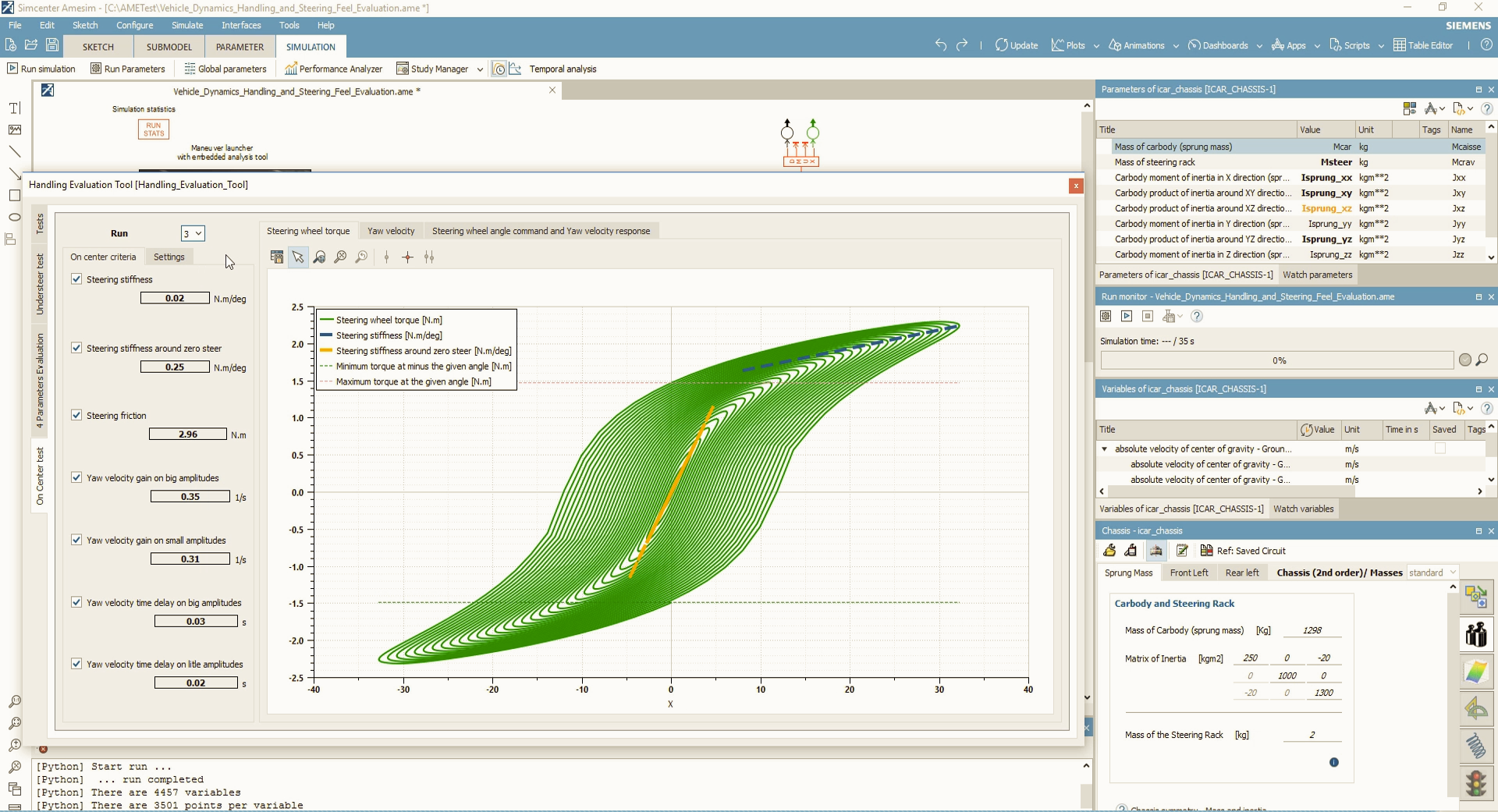Deploy system simulation throughout the enterprise

Today, I am going to break the myth that Simcenter Amesim is only designed for system simulation experts. Below are some concrete examples how Simcenter Amesim can be widely deployed in your company. I will showcase that indeed it’s a powerful tool which brings advanced functionalities for simulation experts, but it is also an easy-to-use platform for CAE and project engineers.
Advanced capabilities for experts
With Simcenter Amesim, simulation experts can, for instance, edit their own submodels and libraries thanks to a user-friendly environment called Submodel Editor. Using Submodel Editor, modeling experts can quickly define their submodel icon, variables, and parameters in the easy-to-use user interface. From these inputs, the submodel code outline is automatically generated. Finally, experts just have to insert their own equations in the submodel code.
Efficient optimization tools for CAE engineers
Simcenter Amesim also provides CAE engineers with efficient optimization tools. For instance, the Hybrid Optimization Tool (HOT) makes possible to quickly define a vehicle architecture (conventional, hybrid or electric), describe the vehicle components (engine, motors, battery, transmission…) and select a scenario. Then, HOT will automatically optimize the energy strategies and predict the lowest fuel consumption that the vehicle could reach. This tool helps identify the best architectures and select the best components for the vehicles. It also gives insights on the best control strategy generating the best fuel economy.
Customization for project engineers
Finally, project engineers can benefit from system simulation without having to learn about the use of the software. Indeed, Simcenter Amesim can be fully customized, making possible to configure models, launch simulations and post-process results using only application-dedicated interfaces. Hence, they can quickly evaluate the performance of their mechatronics systems. For instance, dedicated apps can be used to evaluate the impact of design parameters on vehicle handling, fuel economy or drivability.


